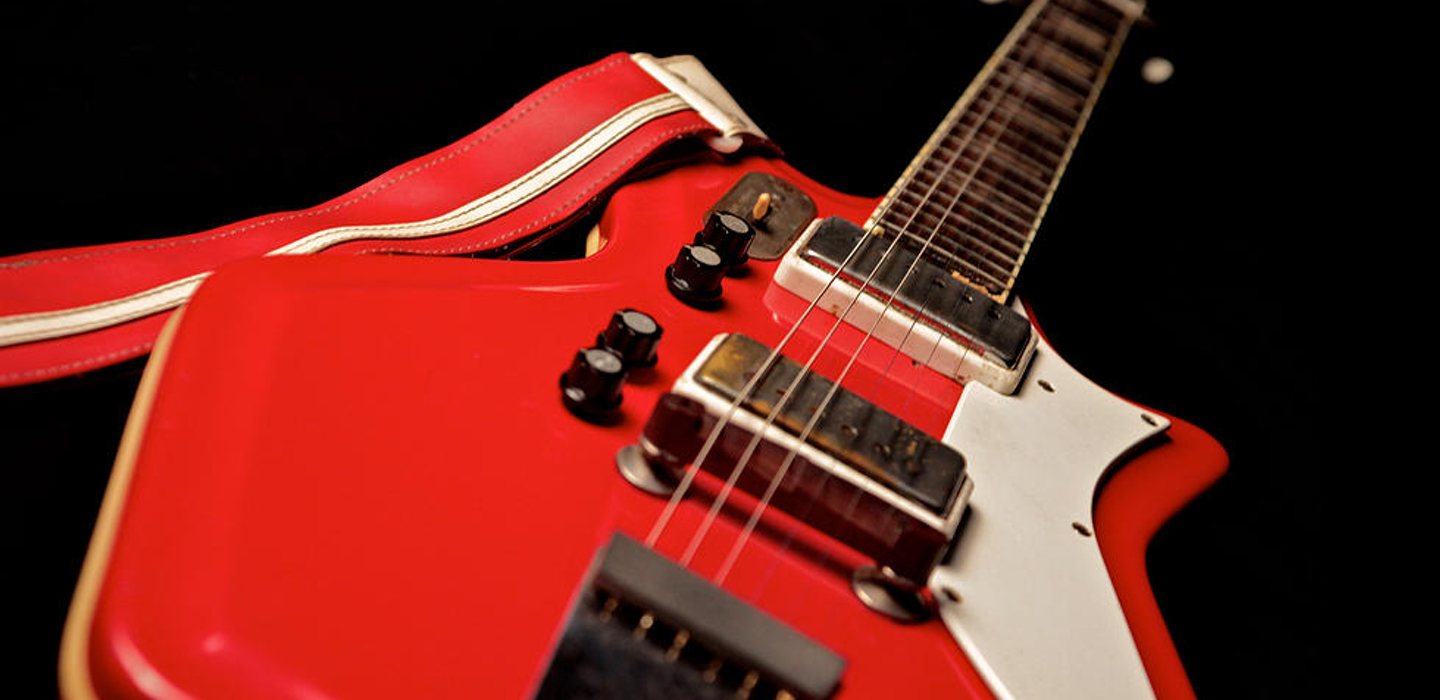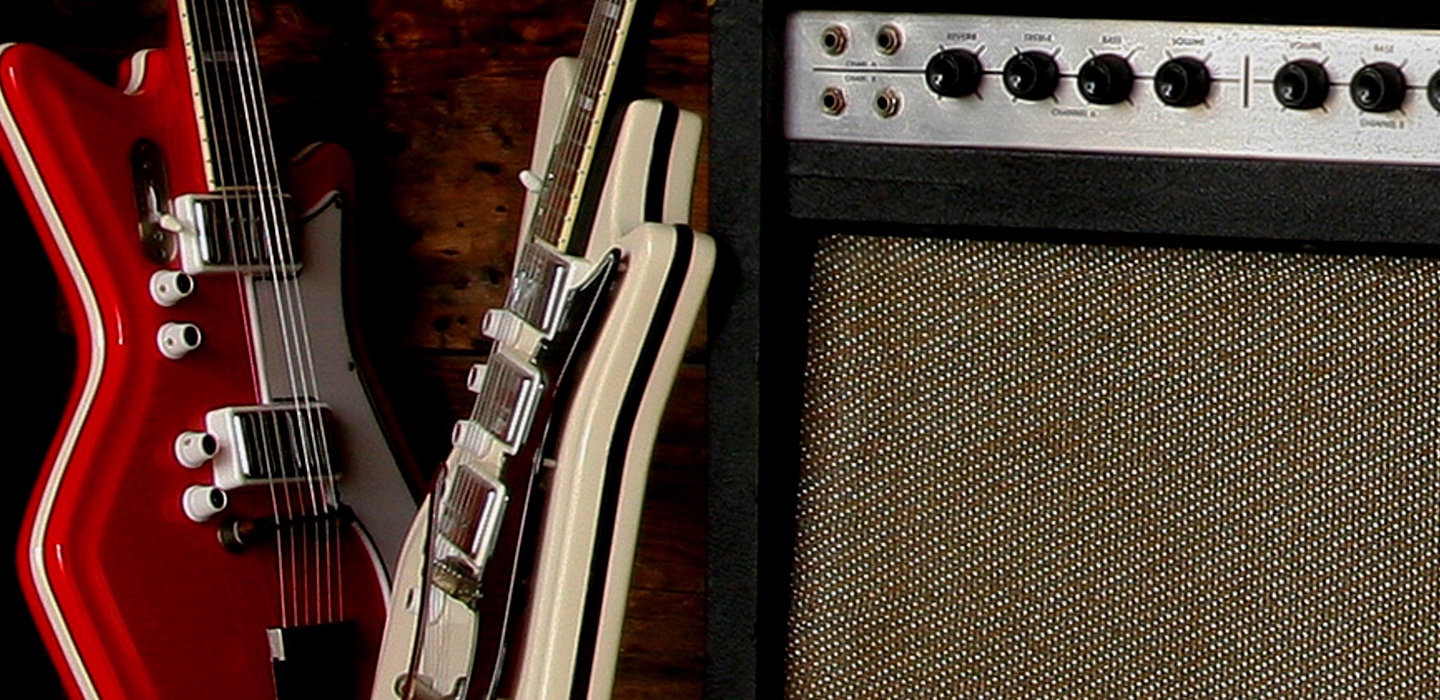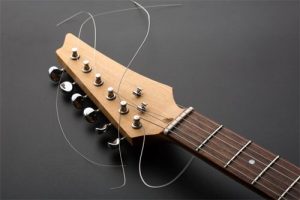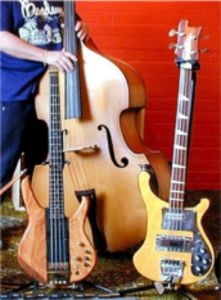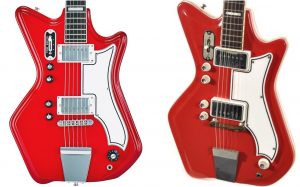The Dating Game, Part One: Guitar, Meet the Perfect Amp-in-a-Box that Doesn’t Exist

Guest blogger Rob Roberge let’s his guitarist imagination run loose, and comes up with his ideal combinations of Eastwood guitars and classic, vintage amps. An interesting read… One of the coolest movements in pedals over the last decade or so is the ‘amp-in-a-box’ pedal. Many have been around a while (Tech 21’s Blonde and the […]

